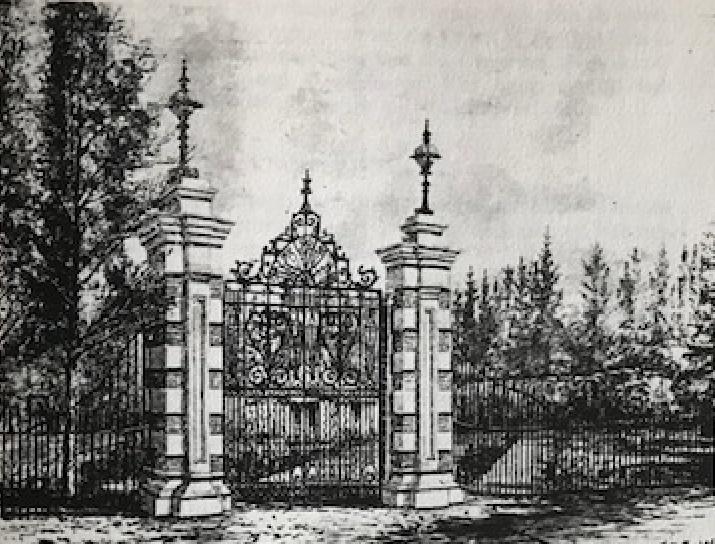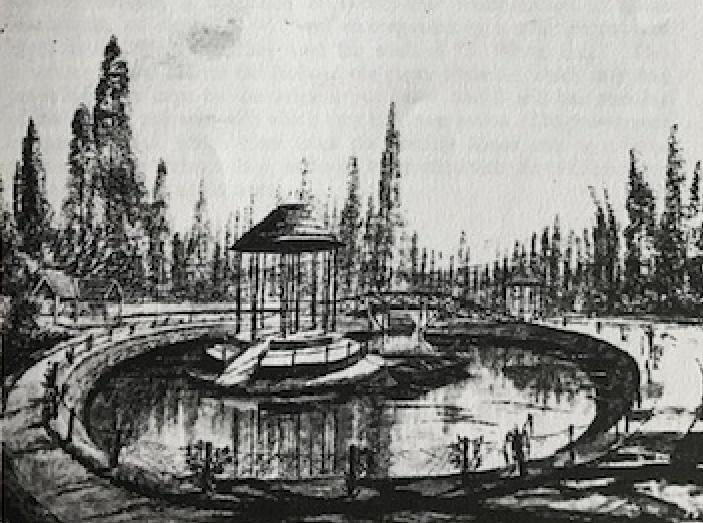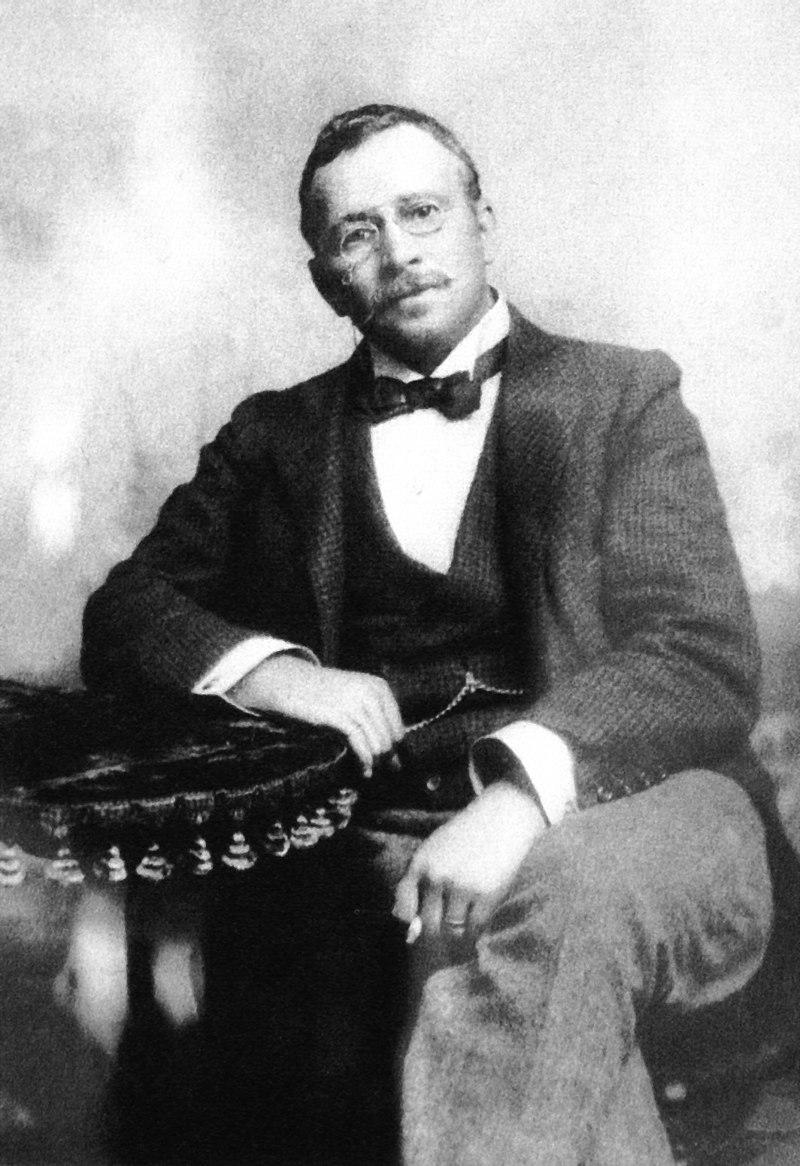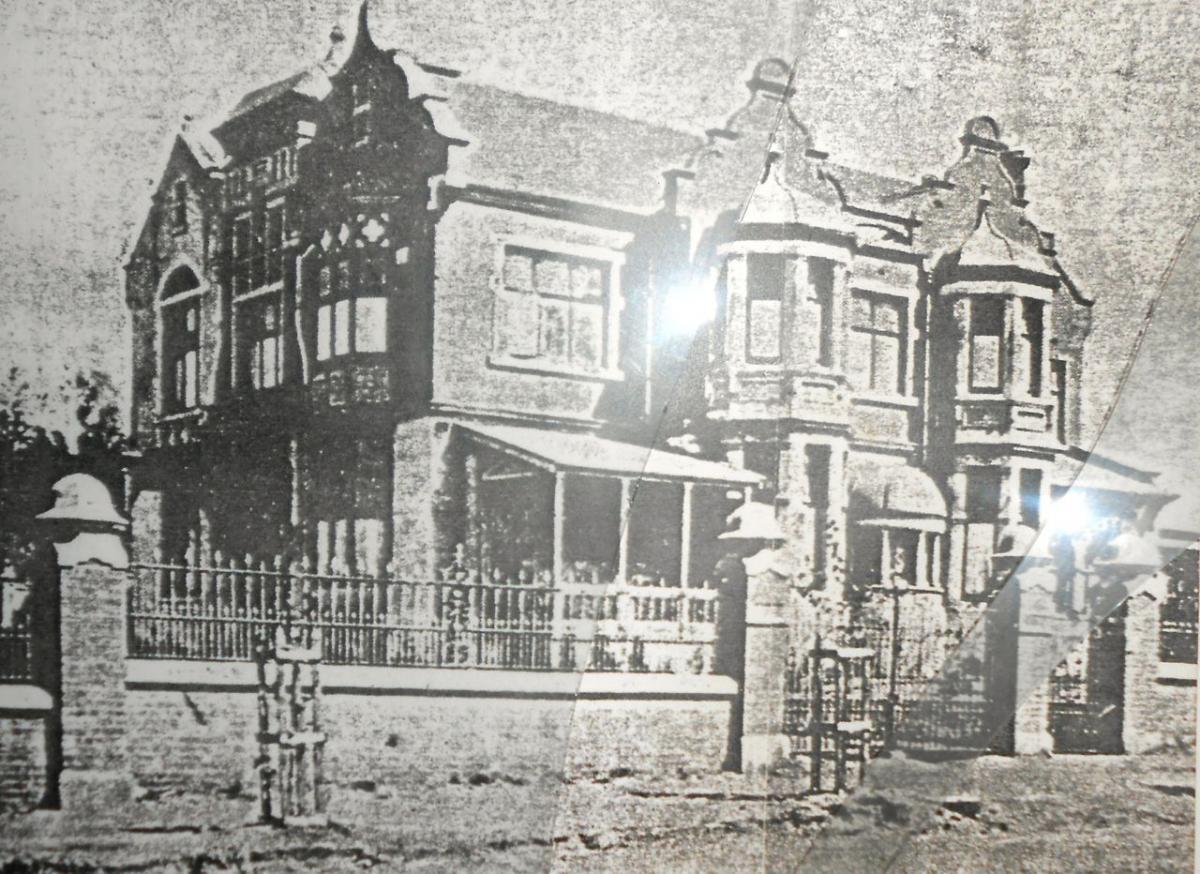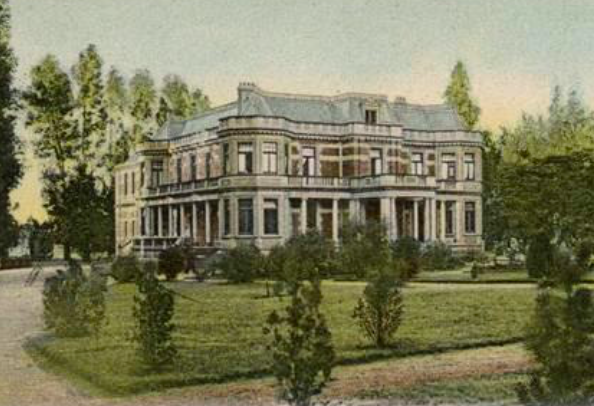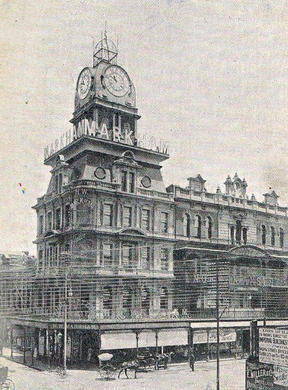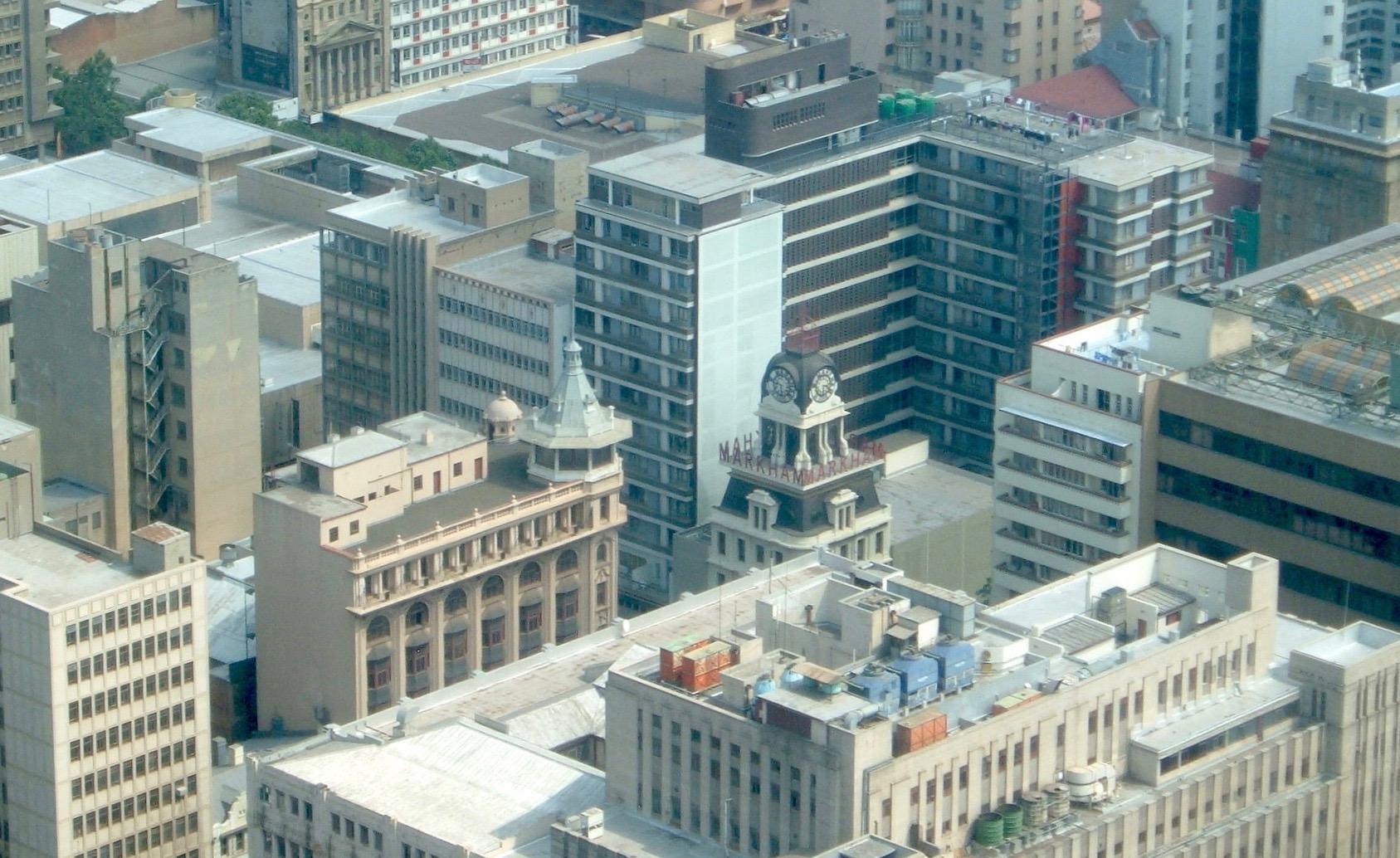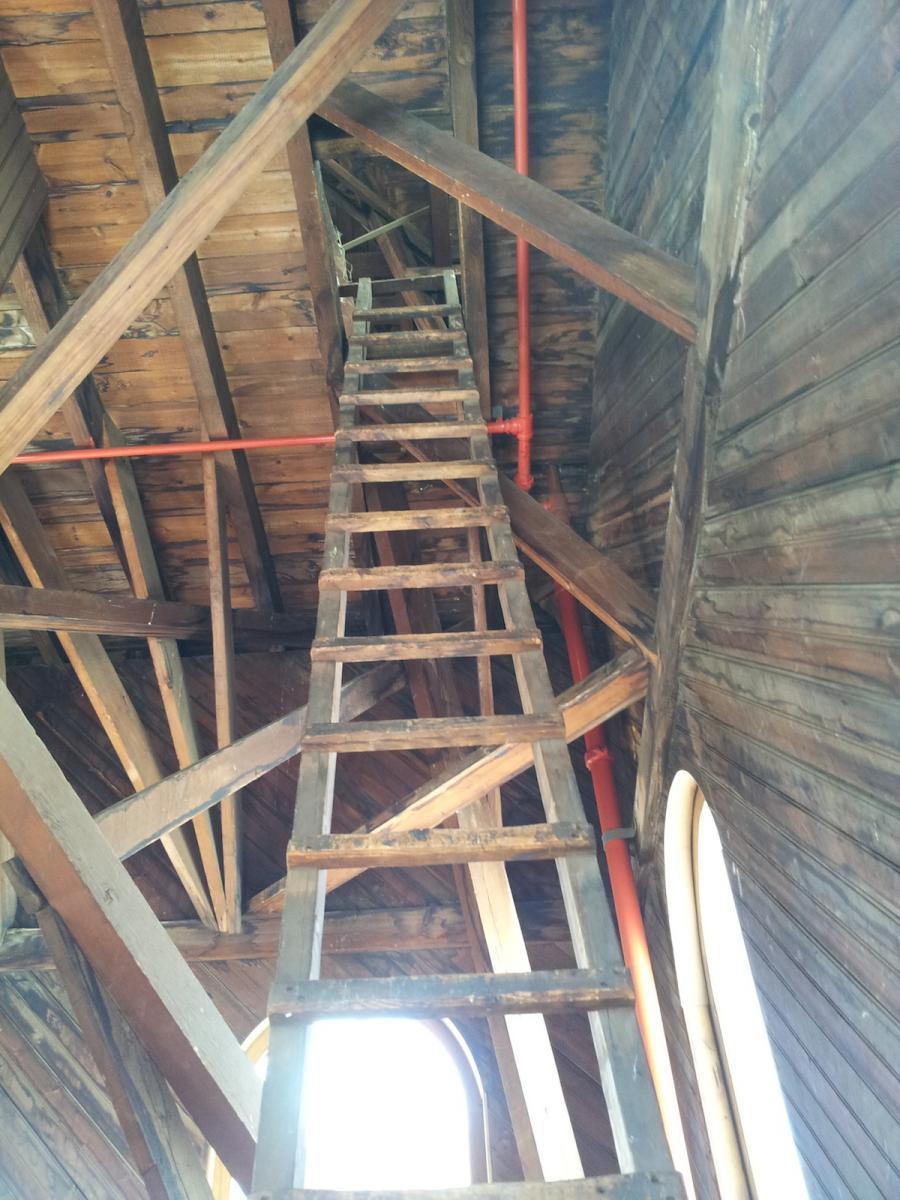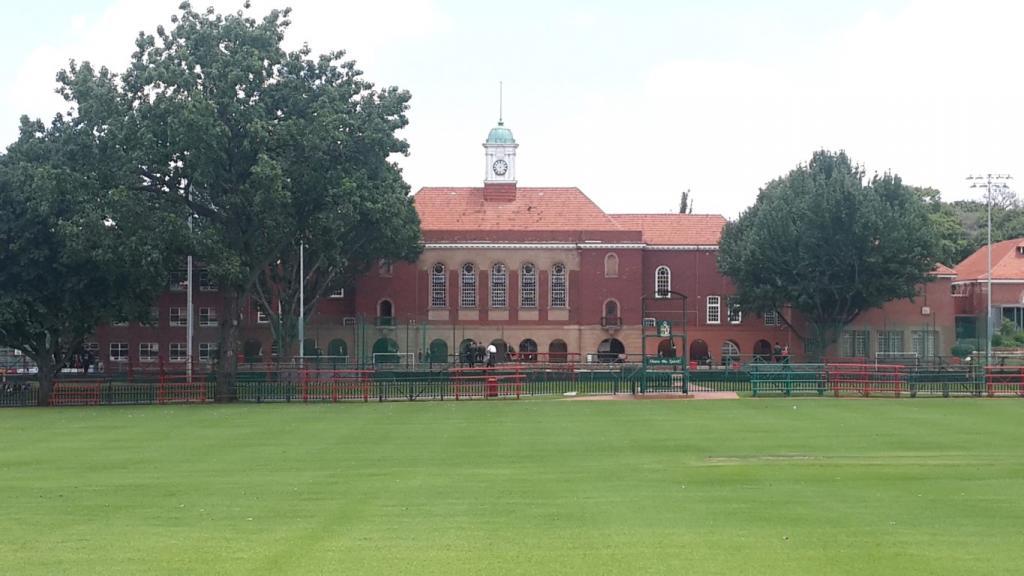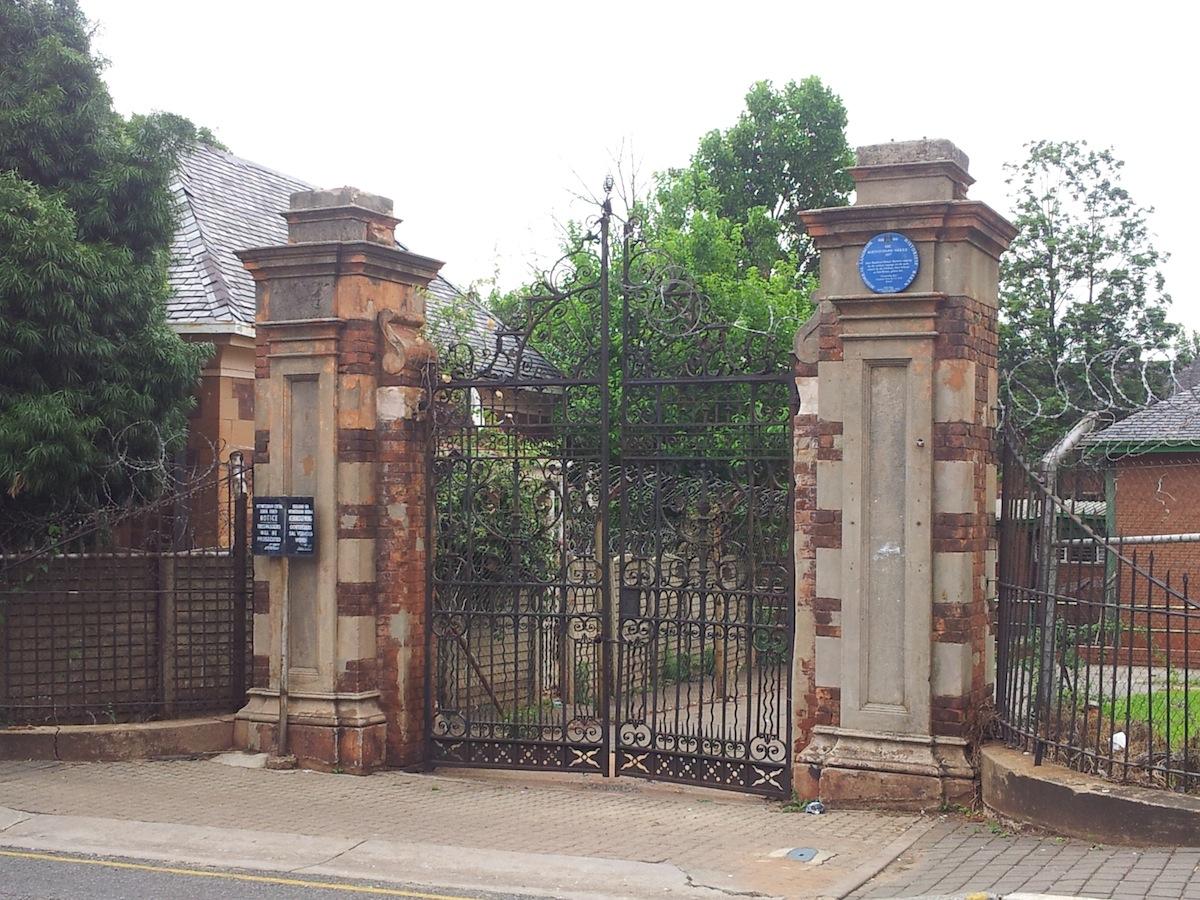
Disclaimer: Any views expressed by individuals and organisations are their own and do not in any way represent the views of The Heritage Portal. If you find any mistakes or historical inaccuracies, please contact the editor.
In the article below, Oscar Norwich, Johannesburg historian and collector, reveals the history behind Barnato Park, a grand home transformed into one of Johannesburg's historic schools. The piece first appeared in the old Johannesburg Historical Foundation's journal 'Between the Chains'. Thank you to the Norwich family for their kind permission to publish this article.
The Johannesburg Historical Society was inaugurated in 1969 by an exhibition in the Main Hall of the Johannesburg Public Library, displaying many facets of early Johannesburg. To coincide with this exhibition a number of the more photographically minded members of the Executive Committee embarked on the production of a recorded slide programme entitled "Glimpses of Old Johannesburg". To obtain information and pictorial records of the first and early schools of our City I undertook to research this aspect. This led me particularly to the early history of Miss Fanny Buckland, the development of Cleveland High School to become later the Barnato Park School for Girls and finally The Johannesburg High School for Girls.
It is reported that Miss Buckland arrived in Johannesburg in 1887, a few months after it had celebrated its first birthday. She was advised to call on a Mrs. A. D. Alexander with a view to making arrangements to teach her daughter, later Mrs. Isobel Levy. Her second daughter, the now well known Muriel Alexander, was far too young at that stage to attend school. Mrs. Alexander generously offered her one of her living rooms and also gave her permission to bring as many other pupils as she could collect to be taught with her daughter. To understand the generosity of Mrs. Alexander one must realise that there were no houses worthy of the name at that time and the room provided for Fanny Buckland was the chief one in a wattle and daub construction, the ceiling was of calico and flopped about in the wind. This was the dining-room, school-room and music-room all in one.
As families began to arrive and the numbers of children increased, Miss Buckland found it necessary to engage a bigger room, and as buildings were beginning to spring up, she was able to extend her activities firstly in a building believed to be in the vicinity of the present Attwell Gardens and later in a galvanised iron room in Kerk Street belonging to the Baptist Church. The teaching was carried on in this little Church for several years until they were threatened with eviction as the owners required this building for their own use.
This turned out to be a blessing in disguise because at that time Miss Buckland had a friend, Mrs. Henry Cleveland Perkins who had been interested in education in the USA and wished to do something for Johannesburg before she and her husband left the Rand. Three stands were bought for her in Leyds Street, the site of the present School of Domestic Science, and a Mr. Frank Scott was appointed Architect to plan and build a two-storeyed building with a wing on either side of the main block, but various circumstances arose to prevent the completion of this plan. However a temporary galvanised iron classroom was set up on the ground and an adjacent cottage was acquired to house the overflow. Miss Buckland decided to name the school after Mrs. Perkins only son Cleveland and it bore this name for many years in grateful remembrance of the donor.
While perusing these old school records in the Head Mistress's Office and in the School Library, I was pleasantly surprised to see four large water colours hanging in the corridor leading into the Library itself. These works revealed very pleasant scenes of a well laid out, large ornamental garden with small and fully grown trees and lawns depicted an entrance gate into the Park, flanked by two magnificent white and red pillars and on the top of each a large wrought iron light fitting.
The Gates at Barnato Park by CH Maltby
Another showed what appeared to be an artificially built lake surrounded by garden, trees, a bridge and a rowing boat moored to a small centrally placed island. On each of these works was affixed at the bottom of an old wooden frame “Barnato Park C. H. Maltby 1897”.
The Lake at Barnato Park by CH Maltby
These paintings, I was informed by the Headmistress, Mrs. J. K. Glanfield, had been there as long as she and her predecessors could remember. This stimulated me to search further, firstly into the origin of the Barnato Park as depicted in these water colours before it became a seat of learning and secondly who the artist C. H. Maltby was.
Barnato Park is closely linked with the early history of Johannesburg and particularly with that dynamic and colourful Randlord Barney Barnato. This fascinating personality, born Barnett Isaacs, was born in the poor East End Jewish quarter of London. After reading and hearing about the Diamond Rush in Kimberley he arrived in Cape Town to seek his fortune in South Africa, reputedly with £30 and some forty boxes of doubtful cigars to sell provided by his brother-in-law Joel Joel in London. In a comparatively short time he became famous in Kimberley not only as a diamond dealer but almost as equally well known as an actor and pugilist. He amassed quite a fortune in Kimberley and soon he became a senior director of the wealthy De Beers Group and was later appointed, with Cecil Rhodes, a Life Governor. With news of a Gold Rush on the Rand he migrated to Johannesburg in 1888 and very soon became involved in many large mining, financial and property deals on the Rand.
Barney Barnato
Barney Barnato was one of the founders of the J.C.I. (Johannesburg Consolidated Investment Company). One of its subsidiaries, the Johannesburg Waterworks and Exploration Company in 1892 bought 117 morgen of the farm Doornfontein from Mr. Bezuidenhout for £5,000. On a portion of this land was built Johannesburg’s first reservoir in Harrow Road where the suburbs of Berea and Yeoville were subsequently established.
Barney Barnato (according to the 1897 Report of J.C.I.) lived in Norman House in 1897, a large house in End Street, which was famous for his business breakfasts there. Later it became the fashionable residence of the Dale Laces, and later still the well known Norman Nursing home.
Norman House
In order to get away from the hustle and bustle of the Johannesburg business centre, Barney acquired eleven acres of what became Berea bounded by Barnato Street, Tudhope Avenue, Park Lane and Beatrice Avenue. In this area he laid out a Park and in it he also planned a £80,000 mansion modelled on a similar house in England (presumably as a Country Residence) but he never saw it finished because the year before it was completed Barney Barnato died at sea under tragic circumstances.
The mansion Barney Barnato never got to see
Who was Maltby and who, if anyone, commissioned him to paint these four delightful and historic water colours of Barnato Park in 1897, or did he merely paint them for his own pleasure?
The trees in these paintings appear to be about six or seven years old. We know that Barnato came to Johannesburg in 1888 so that the Park was planned and laid out in the early 1890's. This is substantiated by a note in the journal South Africa of 4 February in 1893, where under the column "News from South Africa," we read that "Mr. B. I. Barnato in South Africa has purchased 10 fine stands to the North of Joubert's Park and will build a house there which will probably be the finest on the Rand." References to C. H. Maltby were found in a thesis by E. P. Engel entitled "Die Ontwikkeling van die Skilderkuns in Johannesburg van die Begin tot 1929" (an abbreviated translation of which into English was published in Africana Notes and News, vol. 15, 1963, p.267. In this thesis reference is made to C. H. Maltby in the following sources: Diggers' News 26 November 1889; Standard and Diggers' News 19 September 1896; and Standard and Diggers' News 28 November 1891.
With the kind help of the Johannesburg Reference Library Staff I was able to obtain two photostat copies of an advertisement and a write-up of Mr. Maltby's Studio. On 28 November 1891 The Standard and Diggers' News reported:
Painting Lessons
Mr. C. H. Maltby begs to notify that he is prepared to give lessons in Oil and Water Colour Painting, Architectural and Perspective Drawing.
For terms apply
MASONIC HOTEL
or P.O. Box 2578.
On 19 September 1896 the following article appeared:
MR. MALTBY'S STUDIO
It is a bit of a climb to Mr. Maltby's studio in the stately Markham Tower in Pritchard Street, and once the ascent is made the visitor feels quite puffed out with pride at the feat he has accomplished and with pleasure at the glorious view before him. The beautiful country surrounding Johannesburg is seen from the lofty open windows in one great magnificent landscape. Mr. Maltby and his brother-in-art, Mr. Farquhar have the artist's favourite north light to work by, while the beauty of the view and the stimulus of the clear, pure atmosphere, are no doubt calculated to influence in no small degree the character, and the quality of the artist's productions. The decorations of the room are a reflection of the taste of the occupier. The walls are gracefully draped with curtains, of which the body is sage green with canvas border, painted by the owners themselves. There are not many pictures on view, for Messrs. Maltby and Farquhar's work is in too great a demand to leave them with any for exhibition, but the former has a beautiful water-colour sketch upon his easel, which gives prompt intimation of the skill and taste of the artist.
The Markham Tower
I made personal contact with the author of this Thesis, now Dr. E. P. Engel, Head of the Department of Fine Arts at the Randse Afrikaanse Universiteit, to determine if he knew more about this artist and if he knew of any other works by him. He was unable to provide any additional information.
I also placed a small article in our local Press to enquire from readers if I could obtain any more details concerning his family, his descendants or any extant works by him, but again with no success.
It is interesting to note from the article describing his Studio that Markham's Tower in Eloff Street is mentioned as an Artist's Studio. Cuthbert's Tower in the same street on the opposite corner is well known as a studio since the days of Amschewitz, Emily Fern and others.
Cuthberts next to Markhams (The Heritage Portal)
I decided to visit this Tower and I made the ascent on a somewhat rickety wooden ladder. This Tower still exists with its loft, the walls of which are wooden and there is still evidence today of some sketches and floral designs on these wooden walls by artists who worked there according to the information given to me by the guide, an employee of the present departmental clothing store. Perhaps readers of this article may provide additional information about Maltby or at least evidence of additional works by him.
The ladder to the top of Markhams
After Barnato's death his nephew Solly Joel inherited Barnato Park and the famous mansion erected on it came to be known as Joel House. In 1902 one of the first boys' schools came into existence in Kerk Street, Johannesburg, known as the Johannesburg College. This school also grew large enough to be moved to larger premises and in 1904 it was transferred to Barnato Park, which was leased to the Government by Solly Joel. Here the boys' school grew even larger until it had to find new premises in its present site in Houghton to become the well known King Edward VII School for Boys.
King Edward VII School (The Heritage Portal)
During this period from the days of the daub and wattle one-room school of Fanny Buckland in the Alexander residence to the Cleveland High School for Girls in Leyds Street, this girls' school also expanded rapidly and when the then Johannesburg College in Barnato Park moved out Solly Joel made the magnificent gift of Barnato Park with its eleven acres to the Government to commemorate the Union of South Africa in 1910. It was soon after this, in 1912 that the Cleveland High School moved to Barnato Park, and it was named The Johannesburg High School for Girls at its official opening on 10 December 1913.
About the author: Dr. Oscar Norwich was a medical doctor and passionate collector who focused on African maps and Johannesburg history. As founder of the Johannesburg Historical Foundation, he led city tours and tirelessly sought rare historical items related to Johannesburg. In 1986, he published a large folio-sized book of his Johannesburg postcard collection to commemorate the city's centenary. Norwich also authored several books on African and Southern African maps. His significant map collection was eventually acquired by Stanford University in the USA, though it remains accessible to scholars online.
Comments will load below. If for any reason none appear click here for some troubleshooting tips. If you would like to post a comment and need instructions click here.

